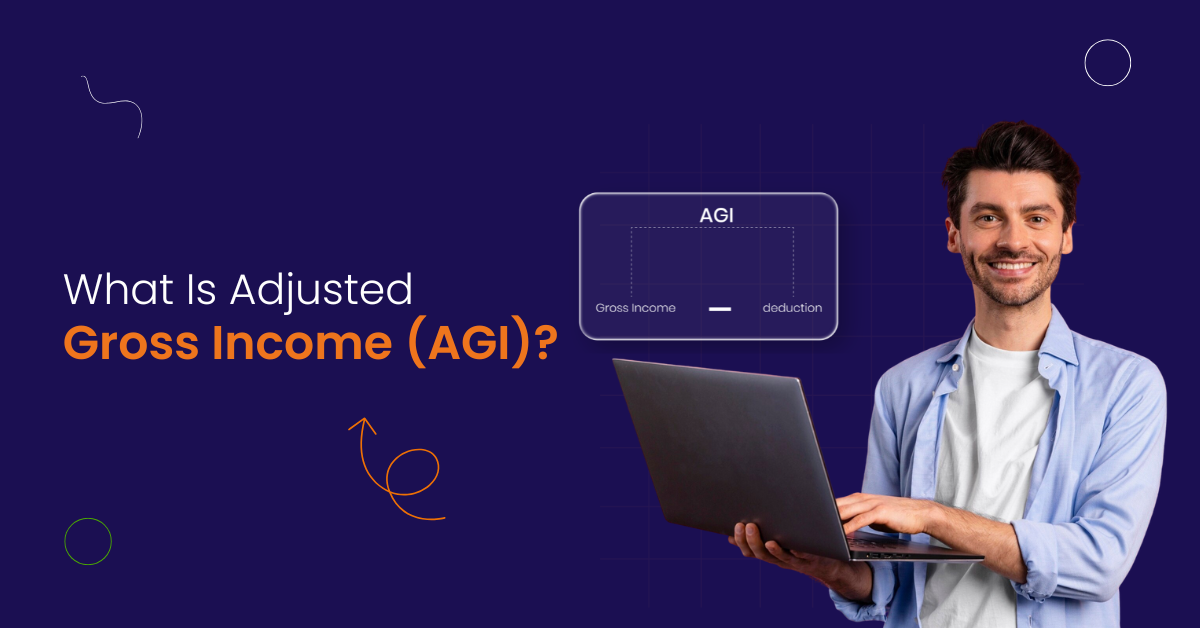Introduction to Performance Appraisal
Performance appraisals is one of the most important practices in human resource management. They provide a structured evaluation of an employee’s job performance.
Definition
The performance appraisal process involves-
- evaluating employee performance
- giving constructive feedback
- setting goals for future improvement
When carried out correctly, performance appraisals help
- improve employee performance
- build job satisfaction
- helps in overall organisational performance
Performance appraisals are tools that enable employee development. They open doors for career advancements for the employees. It supports the broader goals of performance management.
In most workplaces, performance appraisals are conducted by an employee’s immediate manager/reporting manager.
Understanding Employee Performance
Employee performance is the foundation of any organisation’s success. Knowing the parameters for outstanding performance sets the companies apart from the rest.
Evaluating employee performance involves-
- Assessing job knowledge
- Practical skills
- Everyday behaviours
- Employee’s overall contribution to the organisation
For evaluations to be effective, they must have objective criteria. These criteria can be role-based job descriptions, performance standards, and pre-determined criteria, and they should be drafted in advance.
Conducting regular performance appraisals allows managers to
- Identify the areas where improvement is needed
- Give timely feedback
- Make strategies for improving employee performance
Organisations also use this data from these appraisals when allocating resources for bonuses, raises, or other incentives.
Performance Appraisal Methods
There isn’t a one-size-fits-all approach when it comes to performance appraisal methods. Organisations choose based on what fits their culture and objectives.
Some common approaches include 360-degree feedback, the behaviorally anchored rating scale, and the well-known management by objectives (MBO).
For companies that measure performance in financial terms, the human resource accounting method and cost accounting method are often applied to tie employee performance to its monetary value.
Appraisal processes: the assessment centre method and the forced distribution method are also used to evaluate employee performance and identify the gap, if any.
The choice of method usually depends on organisational culture, long-term goals, and leadership preferences.
Performance appraisal methods often combine approaches like-
- Management by Objectives ( MBO )
- 360-degree feedback
- Behaviorally Anchored Rating Scale ( BARS )
- Graphic Rating Scale, and peer reviews
Evaluating Employee Performance
Evaluating employee performance is about looking at both the past performance of an individual and their potential for future growth.
Performance appraisals are generally conducted annually. But the process works best when regular check-ins and continuous feedback sessions are both considered throughout the year. These smaller touchpoints keep employees aligned with their goals.
The evaluation process is not built on just one process alone. Supervisors, colleagues, and sometimes even subordinates ensure a more complete and fair view of an employee’s job performance.
Objective data adds credibility to the evaluation process and reduces bias:
- personnel data
- performance ratings
- measurable outcomes
These data help make the evaluation more transparent. Ongoing discussions between employees and managers create a shared understanding of responsibilities and expectations. This strengthens relationships and builds trust.
Conducting the Appraisal
Conducting performance appraisals should include both communication and measurement. The method of feedback decides if employees accept it positively or feel demotivated.
- The appraisal process should be completely transparent to stay effective.
- Criteria and expectations should be clearly defined in advance so that nothing feels like a surprise during the review.
- Employees should always be encouraged to participate in the appraisal process.
- Employees should be given the chance to prepare for self-assessments to make the process more engaging. They should also give feedback to their supervisors.
- The appraisal meeting should be a two-way conversation. Both the manager and the employee should discuss about the strengths, weaknesses, and areas of improvement.
Managers must be trained to handle sensitive conversations for delivering constructive feedback. HR teams play a crucial role in preparing managers to provide feedback that guides, not discourages.
Performance Improvement and Development
Performance improvement and professional development are at the base of the performance appraisal process. Reviews are not just for giving ratings to the employees. These reviews should open doors for development and growth for employees.
Employees benefit most when they receive feedback with coaching. This helps them-
- understand what needs to change
- allows them to improve performance
Training programs and structured development plans are important for long-term career advancement. These plans make sure that performance appraisal offers a long-lasting result rather than a temporary fix.
Regular monitoring and progress updates help managers and employees know-
- Are development plans working or not
- Making adjustments when needed
- Keep improvement on track
Beyond formal reviews, continuous feedback, given outside annual performance appraisals, plays a crucial role in employee development. Small, timely comments often have the biggest impact.
Overcoming Common Challenges
Conducting performance appraisals has some challenges as well. Managers often struggle with-
- limited training
- lack of objective data
- biasness in the evaluation process
Organisations should provide proper training and support for supervisors to overcome these challenges. Well-prepared managers are better at delivering fair and constructive feedback.
Relying on objective data helps in minimising subjectivity:
- performance standards
- evaluation process metrics
- objective production data.
It also ensures that performance ratings are fair and secure.
Another way to strengthen the appraisal process is to involve multiple stakeholders. Peer assessment and peer reviews, combined with self-assessment, give a more rounded picture of an employee’s work performance.
Regular communication and continuous feedback also help reduce friction. When feedback is frequent, the annual reviews feel less daunting.
Technology can further reduce bias. Performance management software, like AI-driven evaluation systems, helps provide accurate, unbiased, and transparent results.
Conclusion and Final Thoughts
Performance appraisal is one of the key elements of human resource management. It offers a structured way to evaluate an employee’s job performance and set the stage for career development.
When done well, annual performance appraisals do more than review past performance. Performance appraisals:
- improve employee performance
- increase job satisfaction
- positively impact organisational growth
The appraisal process is effective if it incorporates: regular feedback, setting criteria in advance, and having inputs from multiple stakeholders. This creates a balanced, transparent, and effective system for performance reviews.
Performance appraisals support professional development and career advancement. It helps in identifying areas for growth. This can be later combined with training programs and development plans for organisational improvement.
Organisations should treat performance appraisals as an ongoing process rather than a one-time evaluation. Continuous feedback and clear communication can make the process truly effective and help in the organisation’s growth.
Simplify the appraisal process, improve employee engagement, and build a stronger performance management system.
Try Bharat Payroll Now
Frequently Asked Questions
1. What is a performance appraisal?
A performance appraisal is a formal evaluation process where an organisation reviews an employee’s-
- work performance
- job knowledge
- employees skills
- behaviours
- overall contribution in the organisation
2. Why are performance appraisals important?
Performance appraisals are very important for any organisation’s growth. It helps in:
- improving employee performance
- supporting career development
- providing constructive feedback
- guiding decisions about promotions, rewards, or training programs
3. How often should performance appraisals be conducted?
Many organisations hold annual reviews, but some opt for semi-annual or quarterly reviews. Frequent feedback ensures improved performance and employee engagement.
4. What are common methods of performance appraisal?
Methods include 360-degree feedback, behaviorally anchored rating scale (BARS), management by objectives (MBO), assessment centre method, peer reviews, and self-assessment.
5. How can employees participate in the appraisal process?
Employees can take part by completing self-assessments, giving feedback during appraisal meetings, and setting personal development goals. This increases ownership and employee engagement.
6. What role does objective data play in performance appraisals?
Objective data, such as performance standards, personnel data, and objective production data, ensure fairness and reduce bias in the evaluation process.
7. How can performance appraisals support career development?
Performance appraisals highlight strengths and areas for improvement, allowing human resources departments to design training programs and development plans for career advancement.
8. What challenges are common in conducting performance appraisals?
The most common challenges in conducting performance analysis are-
- biasness for any individual
- lack of objective data
- poor training for evaluators
- limited feedback
Addressing these issues requires training, multiple evaluators, and continuous feedback.
9. How can organisations improve the performance appraisal process?
Organisations improve the performance appraisal process by
- involving multiple stakeholders
- transparent criteria
- providing continuous feedback
- using performance management software
10. What is the difference between performance appraisal and performance management?
Performance appraisal is a part of the bigger performance management process. While appraisals focus on evaluating past performance, performance management is ongoing; it includes coaching, goal setting, continuous feedback, and career development to improve organisational culture and individual performance.






